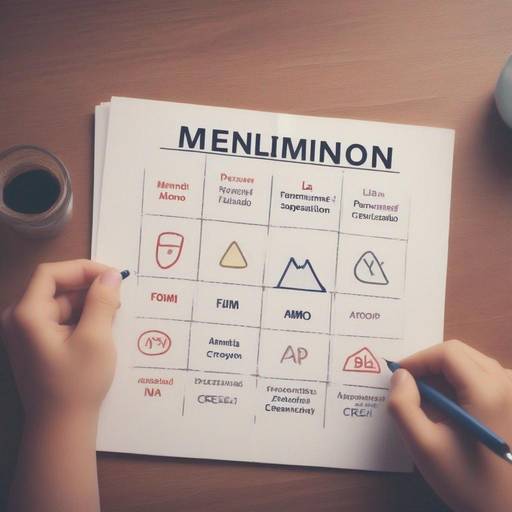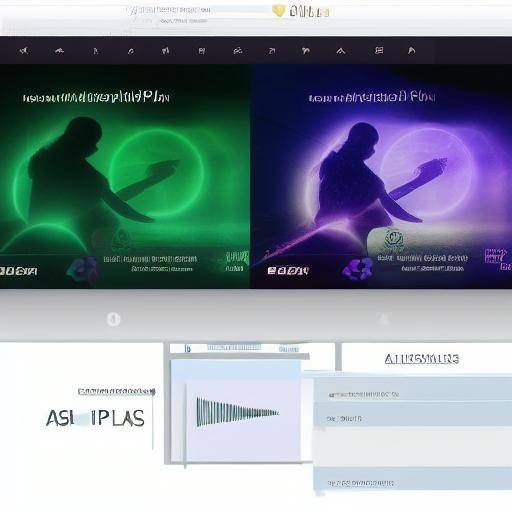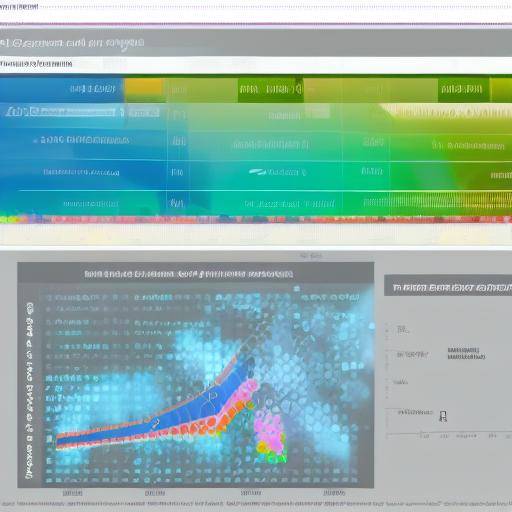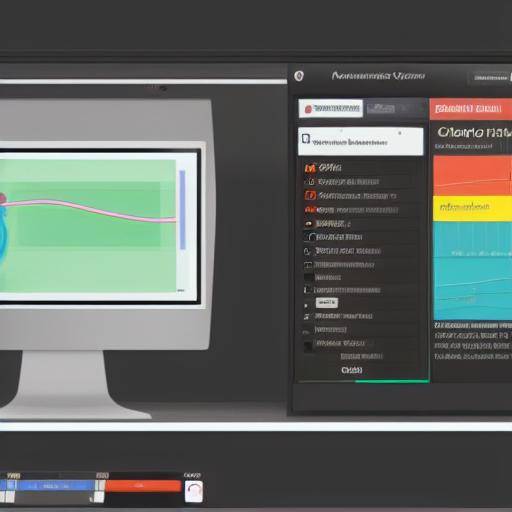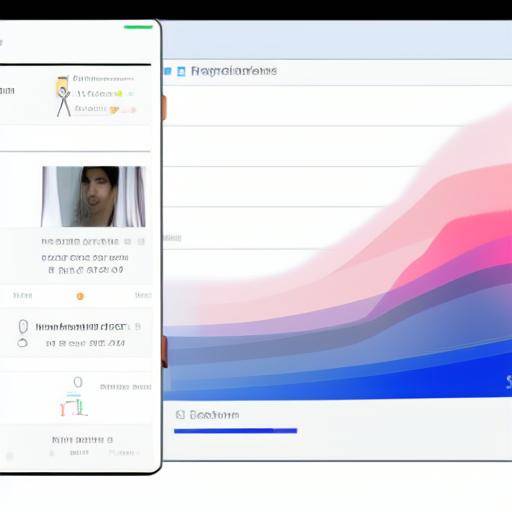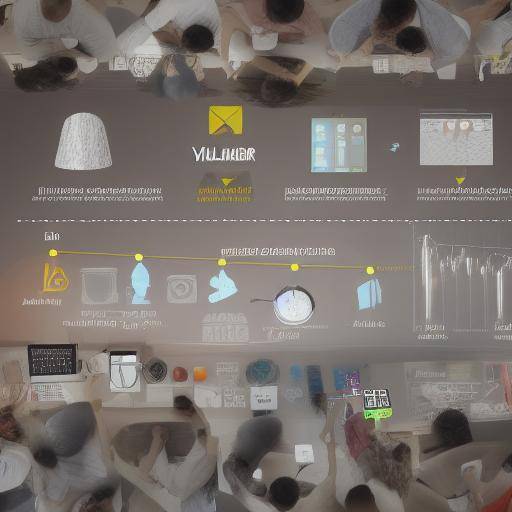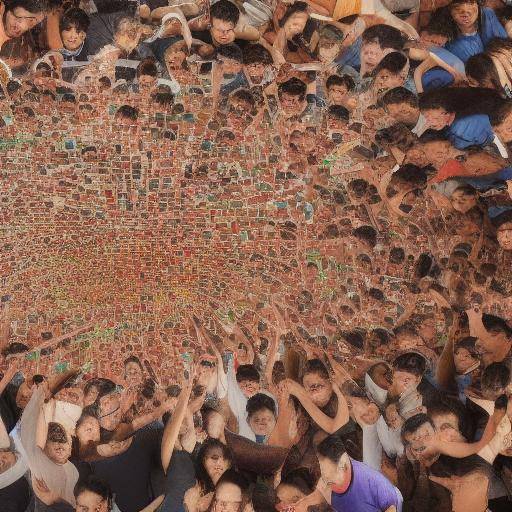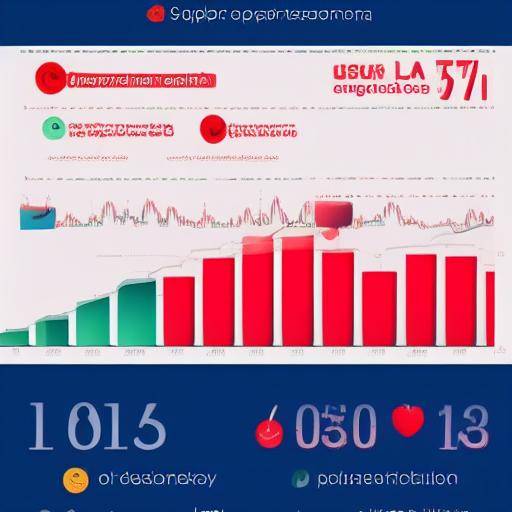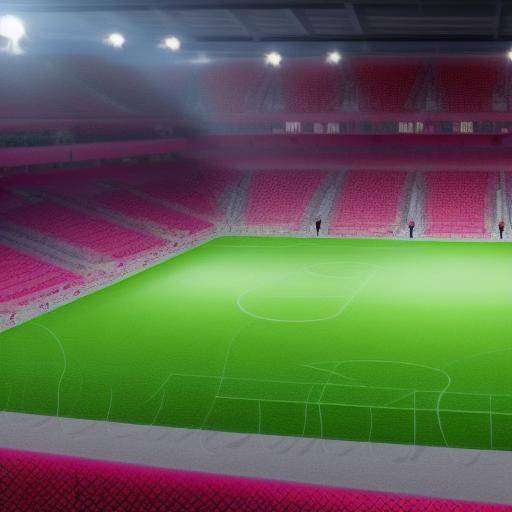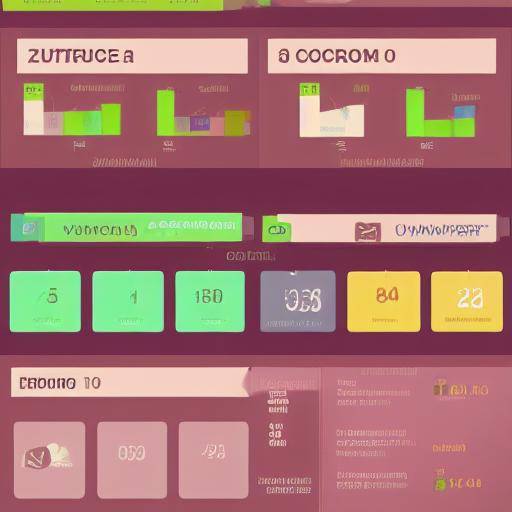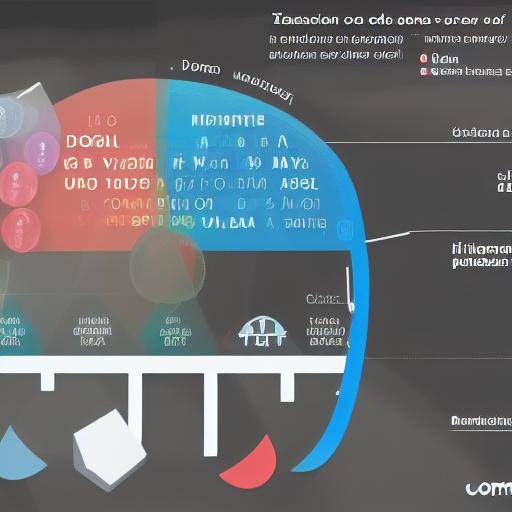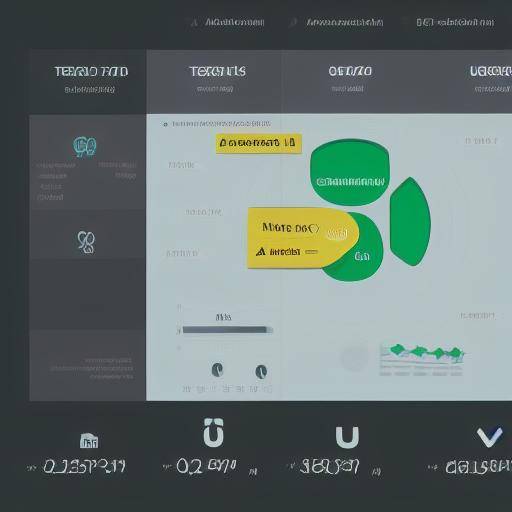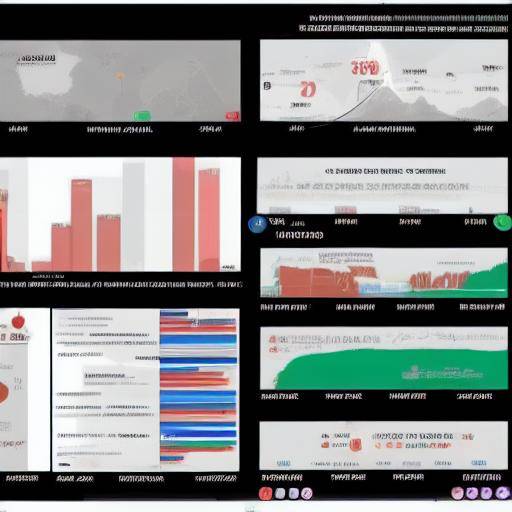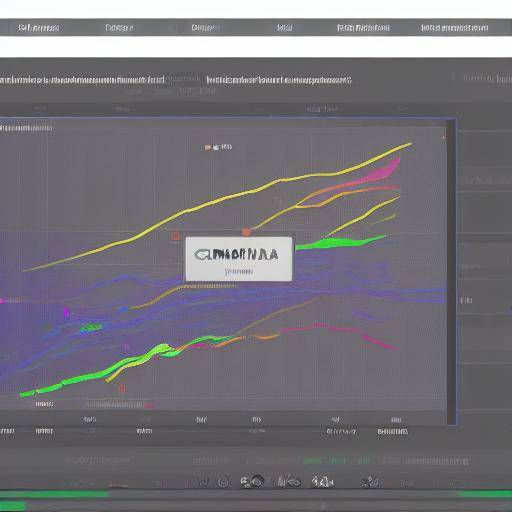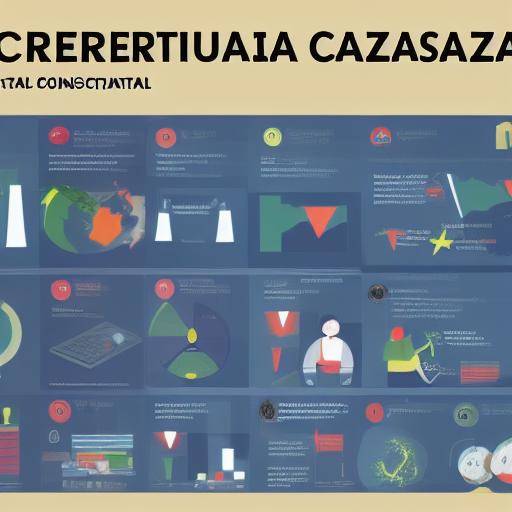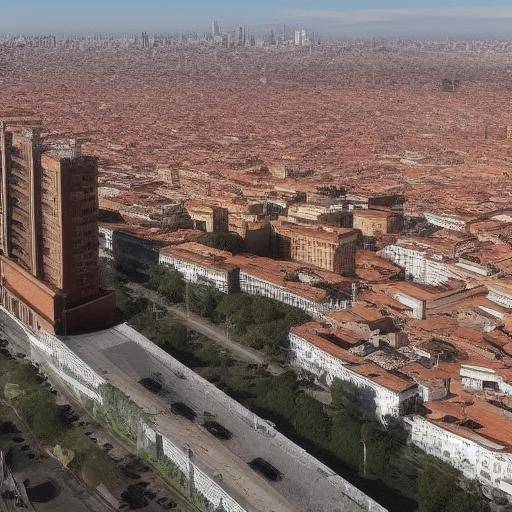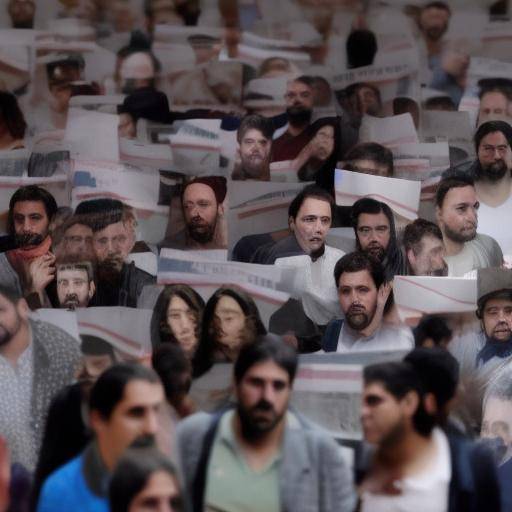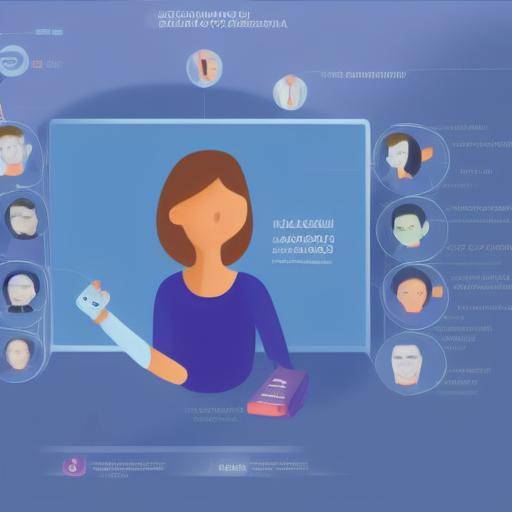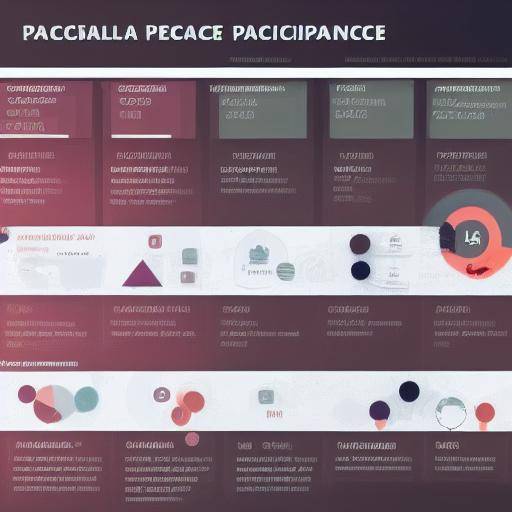
Mental clarity and visualization can be powerful tools to achieve goals and goals in life. Mental clarity refers to the ability to have a clear and focused mind, while visualization implies imagining in detail the achievement of specific goals. In this article, we will explore the importance of mental clarity in visualization, its benefits, challenges, and offer practical advice for your application. We will also address the goals and implications of these practices in everyday life.
Introduction
Mental clarity and visualization are concepts that have been used since ancient times in various cultures, but in recent years have gained popularity in the world of personal development and achieving goals. The ability to have a clear and focused mind, combined with the ability to visualize success, can have a significant impact on a person's ability to achieve their goals.
In this article, we will explore in depth the relationship between mental clarity, visualization and achievement of goals. We will examine the history and background of these practices, analyze their current benefits, challenges and trends, and provide practical advice for their implementation. We will also consider the importance of achieving goals and how these tools can help people achieve their dreams and aspirations.
History and Background
The practice of mental clarity and visualization has its roots in ancient traditions and philosophies, such as Buddhism, Hinduism, and Taoism. These teachings emphasize the importance of mental clarity as a means of achieving enlightenment and personal realization. Visualization has also been an integral part of many cultures, used in religious ceremonies and rituals to manifest desires and objectives.
In the modern context, visualization has gained popularity through the work of pioneers in the field of personal development, such as Napoleon Hill and Louise Hay. These authors and lecturers have promoted the idea that positive visualization can help people to attract success and abundance in their lives. With the rise of the movement of well-being and personal development, mental clarity and visualization have become common practices for those seeking to improve their emotional well-being and achieve their goals.
Analysis in Deep
Mental clarity and visualization offer a number of significant benefits for those who practice them. Mental clarity can help reduce stress, improve concentration and decision-making, and promote a general sense of well-being. On the other hand, visualization has been associated with improvements in confidence, motivation and self-esteem, and it is believed that it can positively influence the achievement of objectives.
However, there are also challenges associated with these practices. Some people may find it difficult to maintain mental clarity in a world full of constant distractions and demands. Visualization can also be complicated for those who struggle with negativity or lack of faith in their abilities. It is important to recognize these challenges and develop strategies to overcome them.
Comprehensive review
The application of mental clarity and visualization goes beyond the mere desire to achieve goals; it also implies understanding of the mental and emotional processes involved in the manifestation of those goals. The acquisition of practical skills that allow for effective mental clarity and accurate visualization are fundamental to their success.
To succeed in the practice of these skills, it is essential to acquire a deep knowledge of oneself. Self-consciousness and self-discovery are fundamental pillars for those seeking to master mental clarity and visualization. This practice not only involves the desire to achieve specific goals, but the complexity of understanding and controlling one's own thoughts and emotions.
Comparative analysis
The complementarity of mental clarity, visualization and achievement of goals is evident when mental clarity is considered to provide the necessary approach to accurately visualize the desired objectives. Mental clarity allows the mind to tune with visualization, creating a powerful link that drives the manifestation of goals and aspirations. On the other hand, visualization offers mental clarity a clear purpose and direction by providing a vivid and detailed representation of the desired achievements.
Practical Tips and Accessible Tips
For those who wish to improve their mental clarity and master effective visualization, some practical advice can be followed. These include the regular practice of meditation and mindfulness to promote mental clarity, as well as the creation of a visualization board or the writing of specific goals to facilitate the visualization of objectives. In addition, establishing daily routines that promote mental clarity and promote positive visualization can be invaluable in achieving success in various areas of life.
Conclusions
In short, the importance of mental clarity in viewing and achieving goals cannot be underestimated. These practices offer people the necessary tools to overcome challenges, focus on specific goals and demonstrate the desired success. By making use of mental clarity and visualization effectively, people can achieve a higher level of self-realization and achieve their dreams and aspirations.
Frequently asked questions
1. How can I improve my mental clarity?
Improving mental clarity involves adopting practices such as meditation, mindfulness, establishing clear limits, and reducing distractions. These skills can foster a clear and focused mind.
2. What is the difference between visualization and simple imagination?
Visualization implies imagining in detail and emotion the achievement of specific goals, while simple imagination does not have the same approach or intent.
3. Is there any scientific evidence that supports the effectiveness of visualization?
Yes, many studies have demonstrated the effectiveness of visualization in sports, therapy and other fields, showing their positive impact on performance and well-being.
4. How can I use visualization to achieve my professional goals?
You can use the visualization to represent your professional goals in detail, imagining scenarios in which you reach success and taking concrete steps to make them reality.
5. What are the common challenges associated with visualization?
Some common challenges include difficulty in maintaining concentration, skepticism or lack of faith in visualization, and fighting negative thoughts.
6. Is it possible to combine visualization with other productivity methodologies?
Yes, visualization can be complemented by productivity methods such as setting SMART targets and strategic planning, creating a holistic approach to achieving goals.
In conclusion, mental clarity and visualization are powerful tools that can help people visualize their goals in greater detail and achieve the desired success. By understanding the importance of these practices and their effective implementation, people can improve their emotional well-being, achieve significant goals and create the life they want.

